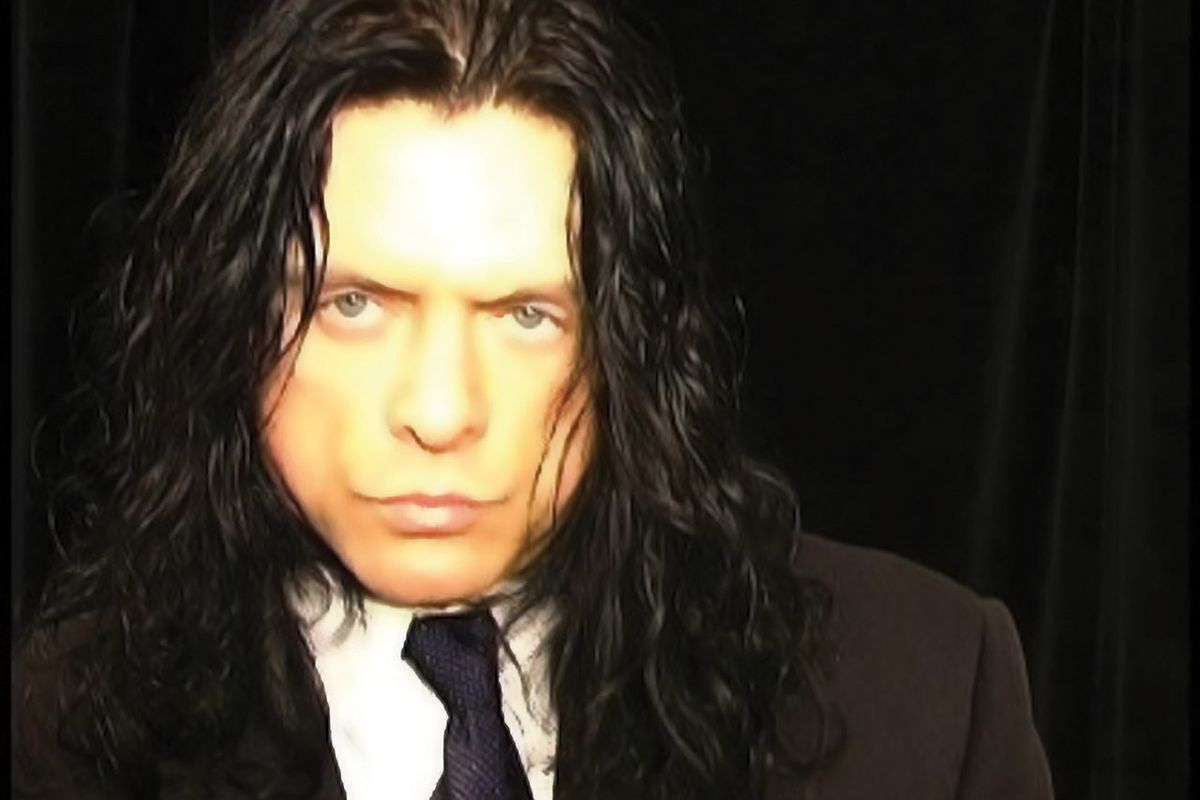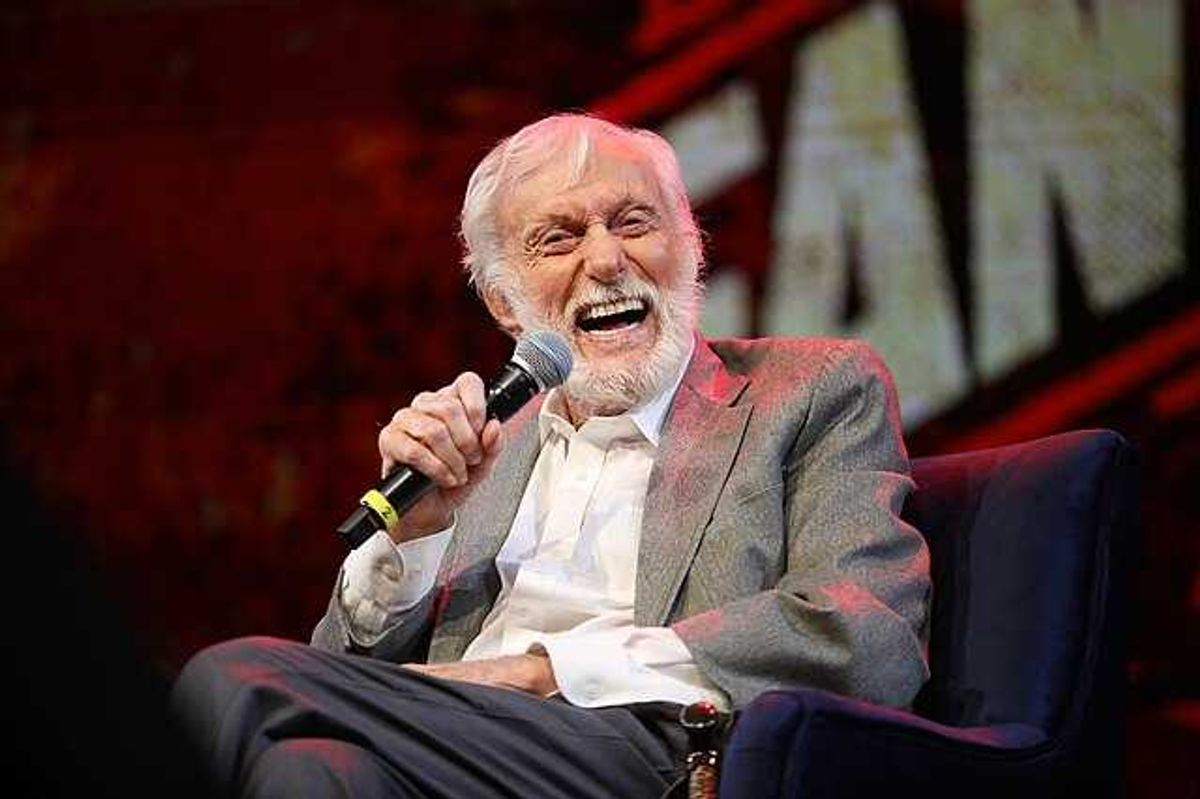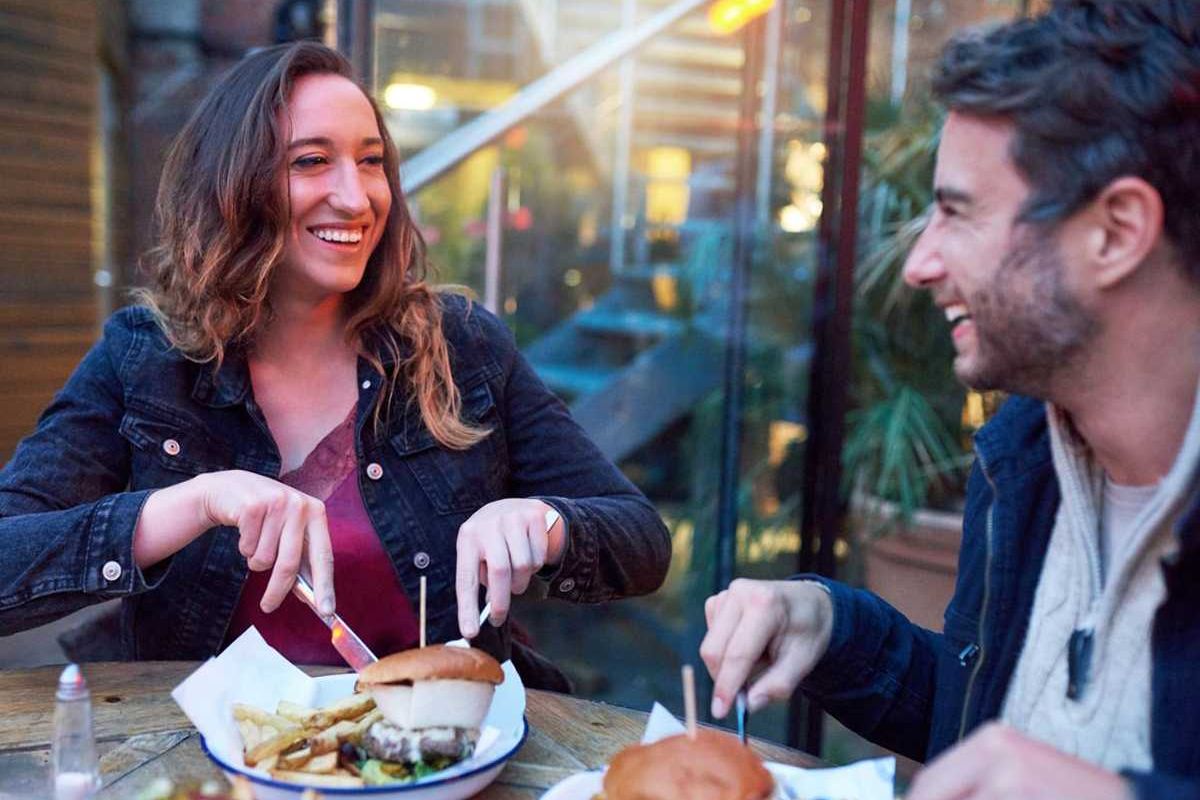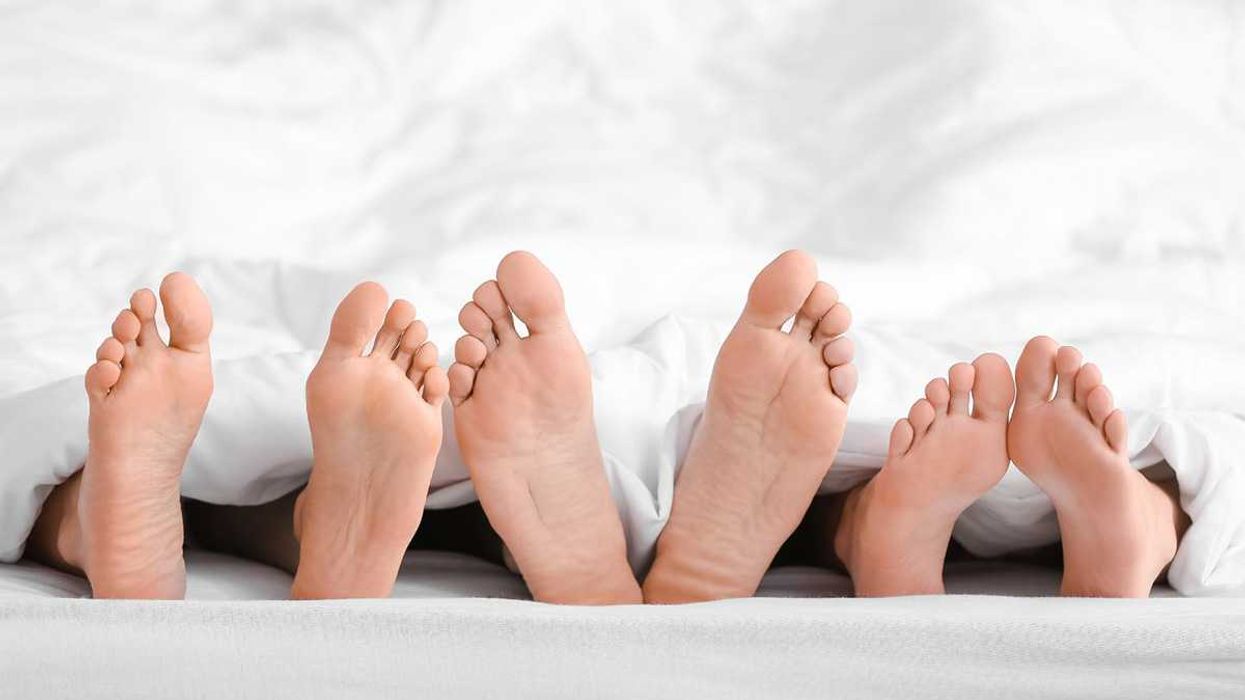Experts explain why we love cringingly bad movies and how to embrace it
"Bad movies bring people together, it turns out!"

Writer and director Tommy Wiseau.
Since filmmaking began, there have always been some version of "bad movie clubs." You know, the ones where people get together and purposely choose awful (subjective, of course) films to bond over and share a good, harmless laugh. Someone might bring their favorite chips and beer and buzz with ideas as to which delightfully awful movie they could watch next. Sometimes, there are arguments as to what makes something "good" or "bad." But it's usually all in fun and a great way for people to connect.
During the pandemic, those "so bad they're good" movie clubs seemed to multiply, albeit shifting to virtual hangouts. Much like a book club, people logged on, watched films, and had their own Mystery Science Theater experience.
- YouTubewww.youtube.com
This trend continues on, both online and in person, and there is seemingly no shortage of cringe-cinema as an excuse to curl up, point, and laugh. There are actually meet-up groups around the world who hold "bad movie nights" as a way for people to get out and meet other like-minded folk. This one, in Australia, is all about the connection: "This club encourages discussion and banter during the screening. Expect some noise!"
Podcasts like Red Letter Media and How Did This Get Made? have dedicated their existence to it, with people clamoring to hear the next take on the worst movies.
In his book Why It's Okay to Love Bad Movies, author Matthew Strohl differentiates between "Bad Movie Ridicule" and "Bad Movie Love," claiming the latter is less about schadenfreude (pleasure derived from someone else's misfortune) and more about an appreciation of the art form from a comedic standpoint, which in turn creates intimacy among communities. In a review of the book, writer Sam Woolfe points out Strohl's brilliant insight as to why this club still needs to feel exclusive:
"If everyone liked bad movies, that would ruin it. There’s no thrill of lowbrow transgression where there’s no contempt from above.”
Other experts have weighed in on why and how this happens. In The Cut's 2017 article," The Psychological Appeal of Really Bad Movies," Adam Kovac notes Harvard assistant psychology professor Mina Cikara's summation:
“Part of the idea is that the presence of other people can intensify the emotional experience. To the extent schadenfreude is still pleasure, despite the fact it’s malicious, one possibility is it amplifies that pleasure by co-experiencing it with other people. Another part of it is it’s affirming of your viewpoint. If I hate a thing and you hate a thing, then I know you see the world the same that I do. That can be a very satisfying experience.”
In the subreddit group r/badMovies, one Redditor shares how his "Bad Movie Club" grew during the pandemic. Starting with a Chinese bootleg of Star Wars: Episode III, followed by The Room, it became a regular way for people to connect during what most considered a very lonely time. He shares, "I also quickly realized I could invite friends and family from outside the state where I live, and so disparate people in different states have gotten to know each other and even become friends over the last few years. Bad movies bring people together, it turns out!"
In fact, one commenter even met their significant other that way:
"I was part of a bad movie (mostly MST3K but others as well) streaming room for a number of years, and it's how I met my partner. Seven years and still going!"
Not only is it fun to watch the movies, it seems equally enjoyable for people to share their picks. Movies like Mac and Me, CATS (2019), Robot Monster, Troll 2—the lists are endless and ever-evolving. It's a gift that keeps on giving—maybe not so much to the filmmakers—but certainly to the fans.




 Beaver on riverbank.
Beaver on riverbank.  Pbs Nature Swimming GIF by Nature on PBS
Pbs Nature Swimming GIF by Nature on PBS  An actual beaver dam on the now-thriving Price River
An actual beaver dam on the now-thriving Price River 
 Hard to imagine Dick Van Dyke being "lazy."
Hard to imagine Dick Van Dyke being "lazy." 
 a piece of paper with a heart drawn on it Photo by
a piece of paper with a heart drawn on it Photo by 

 Dinosaur bones.Photo credit
Dinosaur bones.Photo credit  A jump and juggle.Photo credit
A jump and juggle.Photo credit  The widow.Photo credit
The widow.Photo credit  Overlooking a mountain adventure.Photo credit
Overlooking a mountain adventure.Photo credit  Looks like 6 feet under the covers.Photo credit
Looks like 6 feet under the covers.Photo credit  "Bow chicka bow wow!"
"Bow chicka bow wow!"  Two people sharing a milkshake. Photo credit
Two people sharing a milkshake. Photo credit